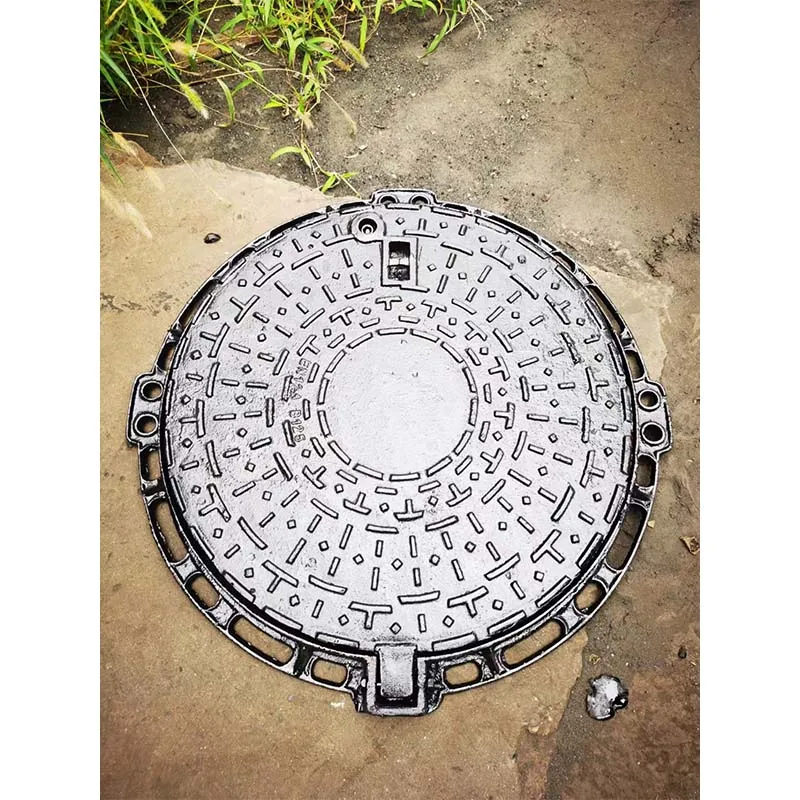Understanding the Functionality and Design of Duct Butterfly Valves for Efficient Flow Control
The Duct Butterfly Valve A Comprehensive Overview
Butterfly valves are a staple in modern fluid control systems, and among them, the duct butterfly valve plays a crucial role in regulating the flow of air and gases within ductwork. This article explores the features, applications, advantages, and maintenance of duct butterfly valves to provide a comprehensive understanding of their importance in various industries.
What is a Duct Butterfly Valve?
A duct butterfly valve is a type of quarter-turn valve that consists of a rotating disk positioned in the center of a pipe or duct. The valve is operated by turning a lever or actuator, which rotates the disk either parallel or perpendicular to the flow of the medium. This simple design allows for quick and efficient control of the airflow, making it an ideal choice for a variety of ventilation and HVAC systems.
Key Features
1. Compact Design One of the most significant advantages of duct butterfly valves is their compact size. Unlike gate valves or globe valves, which can be bulkier, butterfly valves occupy less space, making them suitable for installations in tight spaces within duct systems.
2. Quick Operation With a quarter-turn operation, duct butterfly valves can be opened or closed rapidly. This feature is essential in applications where swift adjustments to airflow are necessary, such as in smoke control and emergency ventilation systems.
3. Low Pressure Drop Due to their streamlined design, duct butterfly valves exhibit a low resistance to flow. This characteristic results in a minimal pressure drop across the valve, which can enhance the overall efficiency of the ventilation system.
4. Versatility Duct butterfly valves can be constructed from various materials such as stainless steel, cast iron, or plastic, allowing for use in different environmental conditions and with various media types.
Applications
Duct butterfly valves are widely used in several industries, including
- HVAC Systems These valves are prevalent in heating, ventilation, and air conditioning applications, where they control airflow within ductwork and help maintain indoor air quality.
- Industrial Processes They are utilized in various industrial processes, such as chemical manufacturing and water treatment, to regulate the flow of gases and liquids.
- Fire Protection Systems In smoke control and fire suppression applications, duct butterfly valves play a critical role in controlling the movement of smoke and heat, ensuring safe evacuation routes.
- Power Plants These valves can be found in power generation facilities, where they help manage airflow in cooling towers and other equipment.
duct butterfly valve

Advantages
The use of duct butterfly valves offers several benefits
1. Efficiency Their low-pressure drop and rapid operation contribute to the overall efficiency of fluid control systems.
2. Cost-Effective Generally, duct butterfly valves are more cost-effective than other valve types due to their simple design and quicker installation process.
3. Maintenance With fewer moving parts compared to other valve types, duct butterfly valves require less maintenance, reducing downtime and operational costs.
4. Durability When made from high-quality materials, these valves can withstand harsh environments, ensuring long-lasting performance and reliability.
Maintenance
While duct butterfly valves require relatively low maintenance, some best practices should be followed to ensure their longevity and proper functioning
1. Regular Inspections Periodically inspecting the valve for signs of wear, corrosion, or leakage is essential. Early detection can prevent more significant issues down the line.
2. Lubrication The stem and disc should be lubricated according to the manufacturer's recommendations to ensure smooth operation.
3. Cleaning Keeping the valve clean from dust and debris helps maintain its functionality and prevents obstruction in the airflow.
4. Calibration For automated systems, regular calibration of the actuator is important to ensure that the valve opens and closes to the correct positions.
Conclusion
Duct butterfly valves are integral components in various fluid control systems, offering a blend of efficiency, cost-effectiveness, and durability. Their applications span multiple industries, from HVAC to fire protection, highlighting their versatility and importance. Understanding the features and maintenance practices associated with these valves can lead to improved operational performance and extended service life, making them a wise choice for any system requiring reliable airflow control.
-
The Smarter Choice for Pedestrian AreasNewsJun.30,2025
-
The Gold Standard in Round Drain CoversNewsJun.30,2025
-
The Gold Standard in Manhole Cover SystemsNewsJun.30,2025
-
Superior Drainage Solutions with Premium Gully GratesNewsJun.30,2025
-
Superior Drainage Solutions for Global InfrastructureNewsJun.30,2025
-
Square Manhole Solutions for Modern InfrastructureNewsJun.30,2025
-
Premium Manhole Covers for Modern InfrastructureNewsJun.30,2025
